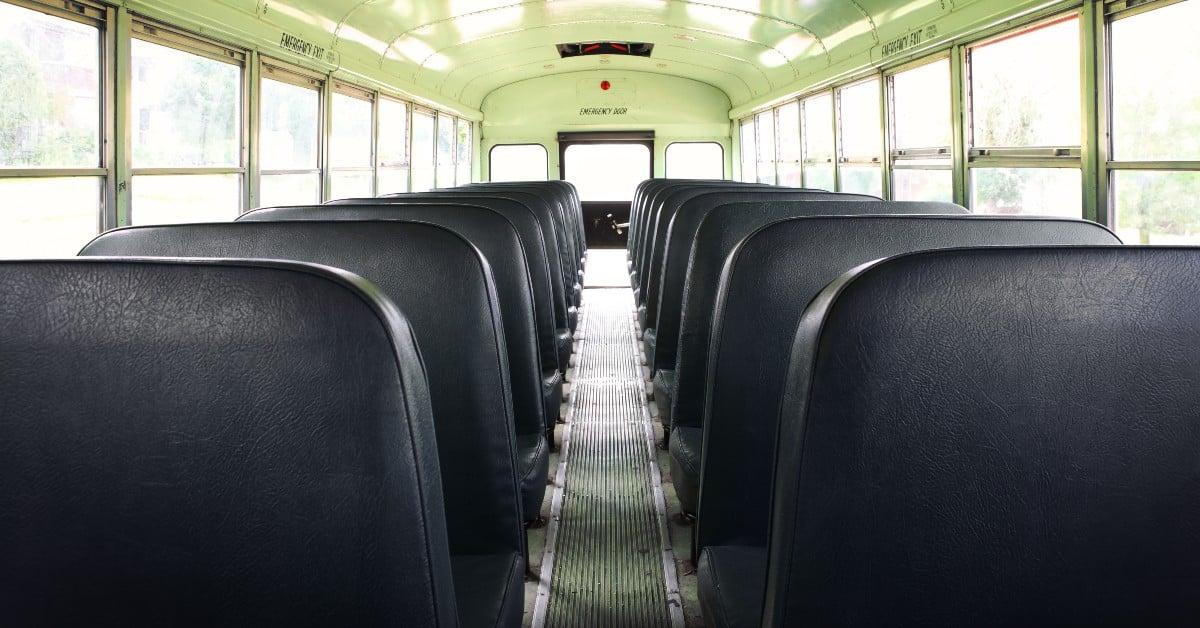In this together: Why districts need non-routine transportation partners
Coauthored by Tim Ammon
The primary challenge facing school districts, and leaders of all organizations, in the context of the dual crises of COVID-19 and the economic fallout will be how to best balance the need for services with the almost ever-changing resource picture. For school districts and those involved in school transportation this will manifest itself most clearly in the significant-to-catastrophic budget cuts that will occur in many districts as a result of the shutdown of economic activity across the nation.
The key planning challenge for the 2020-21 school year will be determining how best to optimize resource allocation in two key domains: cost control and available capacity. The gauntlet has already been laid down. State governments have publicly discussed 10 to 20 percent budget cuts for fiscal year 2020-21. Some states, like Ohio, have even talked about budget cuts in 2019-20, despite the fact that there are less than 45 days left in the fiscal year.
School districts are already freezing any hiring and some have begun layoffs or furloughs. The consequence of all this is that transportation managers must find a way to balance their service demands, both short and long-term, with the resources they will have available. This will inevitably require a reconsideration of every aspect of the current operational model. It is our belief that one of the biggest resource multipliers available to service providers is a strong partner network.
School transportation operations will be increasingly constrained by the two key concerns they have always had: buses and drivers.
School transportation operations will be increasingly constrained by the two key concerns they have always had: buses and drivers. However, these constraints will need to be considered in a much different context than they have in the recent past. School buses are incredibly safe and incredibly capable of transporting significant numbers of students to a common location at the same time.
Unfortunately, it is this characteristic that makes buses a substantial concern in an environment where large groups of anything are an issue and where not all students are likely to be going to the same place at the same time. In a world of split day or split week schedules and an increasing amount of multimedia learning models, student transporters will need to reconsider whether school buses alone are the best or only option to be a productive provider of services to their school district.
The other key concern of school transportation, the drivers, remains a significant unknown in this new operating environment. The willingness of individuals (who are often in what has been the hardest hit cohort of the virus) to continue to sit in front of as many as 360 students per day remains a question. The degree to which requirements to wear masks or face shields or other personal protective equipment will change the number of individuals willing to drive buses is even more unknown.
Consequently, student transporters will need to consider whether the defining characteristic of school busing, the ability to move large numbers of students at the same time using one adult and one vehicle, will be an asset or a liability in the new service environment.
Our belief is that a single fleet of homogenous assets is unlikely to offer the flexibility and responsiveness districts will need in a time of uncertain student placement and school times. It is here where partners can be the most valuable resource.
The ability to acquire capacity configured in a way that is different from your existing fleet at a rate that is similar to your existing cost structure but that lacks the permanency of those costs is the essence of flexibility. The ability to deploy those resources to support alternative schedules or alternative times is the essence of responsiveness. In an environment where financial resources will be limited but expectations for highly decentralized services will be high, it is only through these partnerships that it will be possible to meet the flexibility and responsiveness expectations of school districts, parents, and the general public.
In an environment where financial resources will be limited but expectations for highly decentralized services will be high, it is only through vendor partnerships that it will be possible to meet the flexibility and responsiveness expectations of school districts, parents, and the general public.
HopSkipDrive is one non-routine transportation solution which partners with over 200 schools and districts. They’ve primarily been arranging school of origin transportation for students designated McKinney-Vento or in foster care, transportation for students with special needs, as well as consumer trips. Given the economic downturn associated with the virus, it is highly likely that these non-routine and systemically disruptive service requirements are going to increase markedly in the next several years. By creating a partnership with HopSkipDrive, districts have the opportunity to expand the capabilities of their organization without expanding their fleet.
The capability expansion is not limited to just additional capacity. HopSkipDrive’s technology stack allows districts to respond to the highly volatile changes in homeless and foster youth scheduling. It is not a far stretch to assume that this scheduling expertise and capability can become an important component in a transportation department’s plan for resilience and operational continuity in the event of a localized recurrence of the virus that requires systemic schedule changes. With the advent of new schedules, staggered days, smaller groups of students needing frequent transport, and many other unknowns, agility, flexibility and responsiveness should be significant considerations in any transportation plan for the 2020-21 school year.
Transportation managers who create partnerships with organizations like HopSkipDrive will be much better positioned to design flexible systems that can be responsive to the uncertainty that will be the defining characteristic of the coming school year. For many, expanding these partnerships will be a challenge to the status quo that will be difficult to conceptualize. However, after inventorying the challenges and expectations of transportation in the coming months and years it will become clear that the relatively limited effort necessary to structure reasoned and appropriate partnerships will be more than offset by expanded ability to meet the challenges of a COVID-19 influenced operating environment.

About Tim Ammon
Tim is a Co-Owner of Decision Support Group and has been providing consulting services to public and private sector clients for nearly 25 years. Much of his worked has focused on organizational improvement and routing efficiency and effectiveness. Tim has worked with hundreds of customers in multiple countries to design student transportation systems that deliver safe, efficient, and cost effective services.


